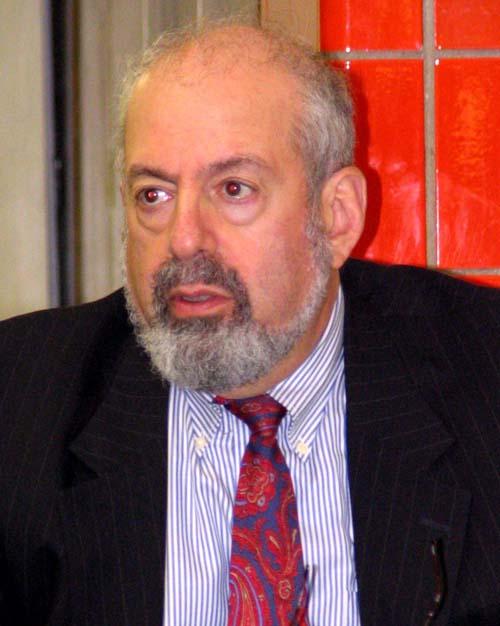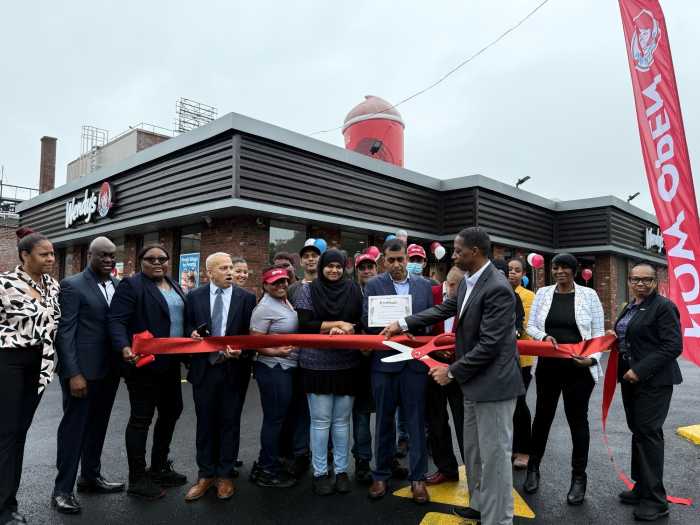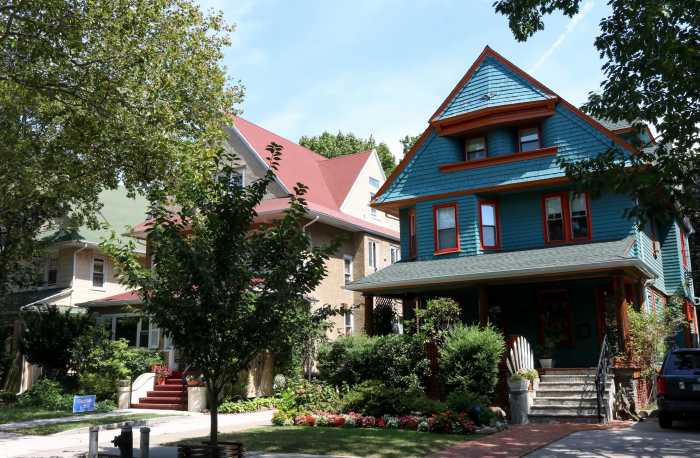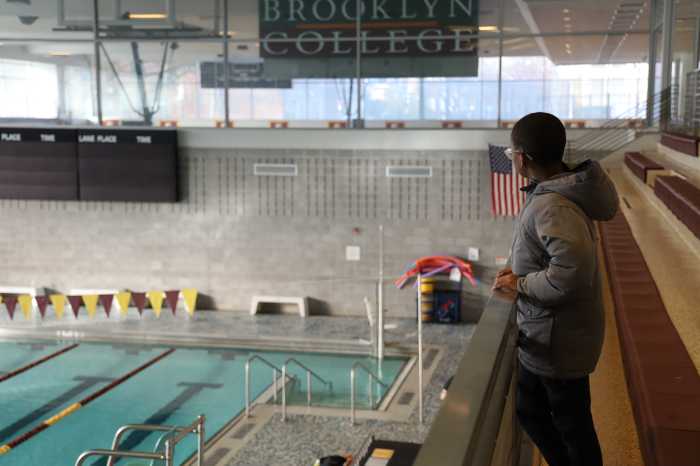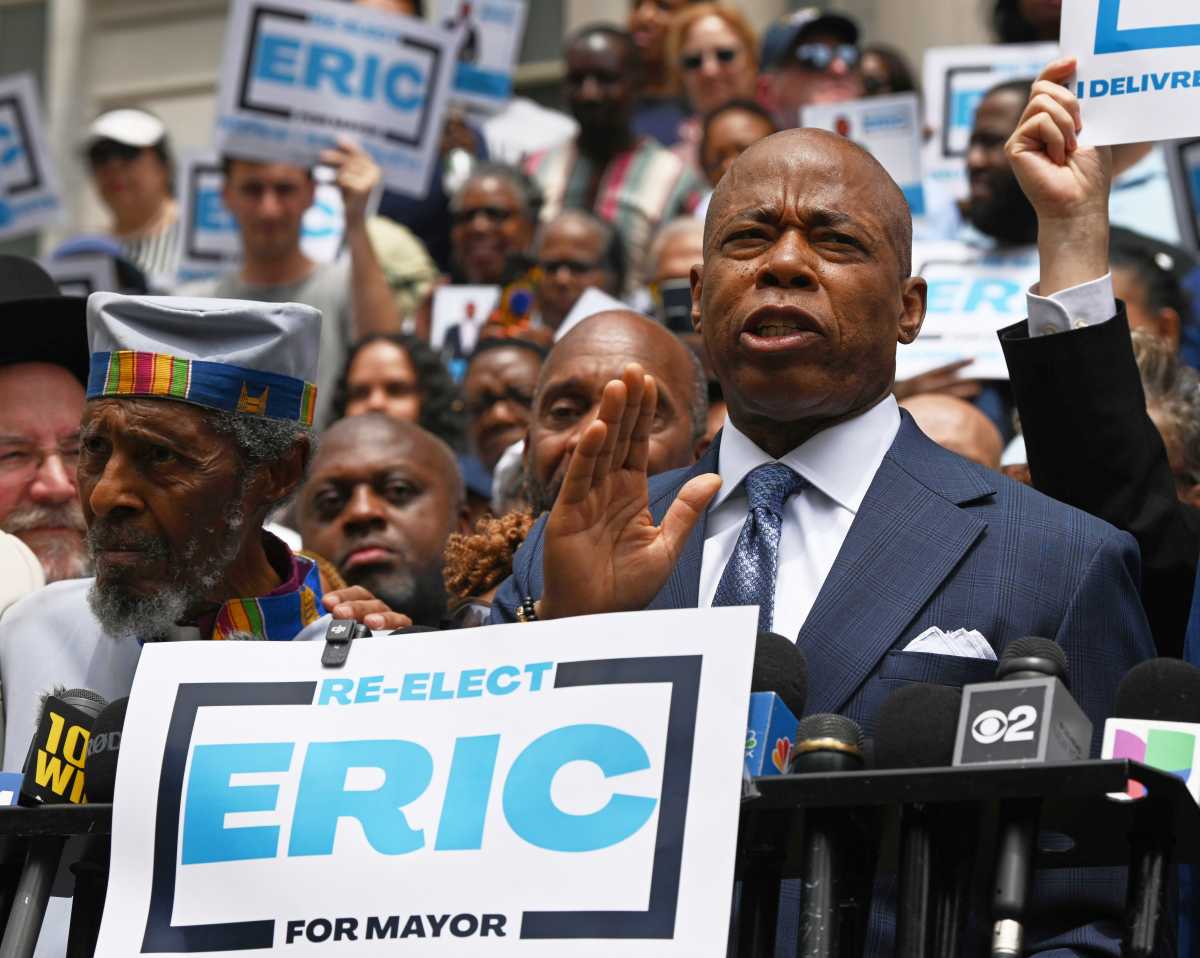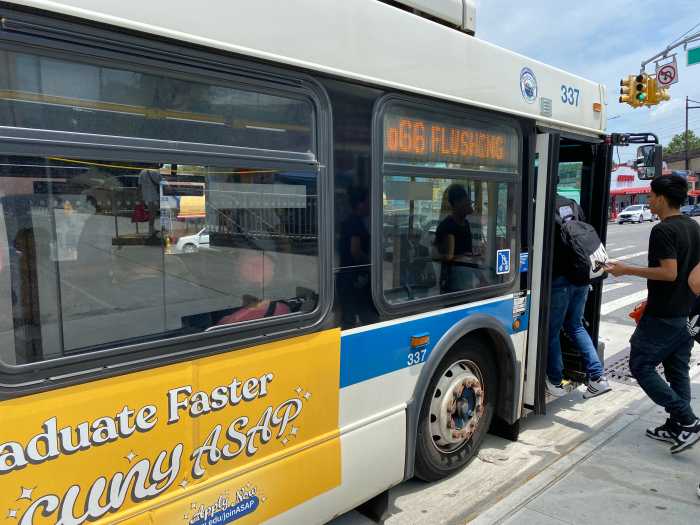Flatbush residents will get an opportunity to weigh in on the proposed rezoning of the neighborhood at a hearing to be held next month.
The hearing, which is being organized by Community Board 14 at the request of the Department of City Planning (DCP), will be held on June 12th, at 7 p.m., at Public School 249, Caton Avenue and Marlborough Road.
The proposed rezoning encompasses approximately 200 blocks in the northern half of CB 14, including areas of Victorian Flatbush, as well as sections where the predominant architecture is rowhouses or apartment buildings. It also includes several commercial areas.
“The study was requested by CB 14 at the urging of several neighborhood associations,” Alvin Berk, the board chairperson, told those gathered at Edward R. Murrow High School, 1600 Avenue L, for the board’s May meeting. “Within the Flatbush area, they are concerned about the potential over-development of communities.”
Representatives of the Brooklyn office of DCP have already presented the agency’s rough proposal twice to CB 14’s Executive Committee. Objections broached there centered on plans for some of the Victorian communities, specifically South Midwood and Ditmas Park West.
In particular, board members and residents at those meetings expressed concern that the zoning proposed would still allow people to build enormous, non-contextual homes that would be out of character with their neighbors in certain neighborhoods.
Besides the proposed zoning for the areas of detached homes, highlights of the DCP rezoning plan include putting a height limit on developments in apartment building areas which currently have no finite height limits.
While there were objections to some portions of the proposal, Berk said that portions of the “up-zoning,” specifically those which would be done, “to allow affordable housing,” are, “initiatives that the community board is likely to endorse very strongly.”
The general boundaries of the rezoning are Coney Island Avenue on the west; Caton, Parkside and Clarkson Avenues on the north; Bedford Avenue and the CB 14 boundary on the east; and Avenue H and Campus Road on the south.
The rezoning process is at its very beginning. Once a general approach is agreed upon, an environmental review must be done, before the proposal is certified.
From that point, it undergoes a timed review, Uniform Land Use Review Procedure (ULURP), with opportunities for the community board and borough president to weigh in, before the City Planning Commission votes on the proposal. The final stage is a vote by the City Council; once the zoning is approved by that body, it is in effect.
“This will not be the final public hearing on it (the zoning),” stressed Berk. “The earlier in the process the community expresses its will, both those who are for it and those who are against it, the sooner City Planning can assimilate that information into their report.”


